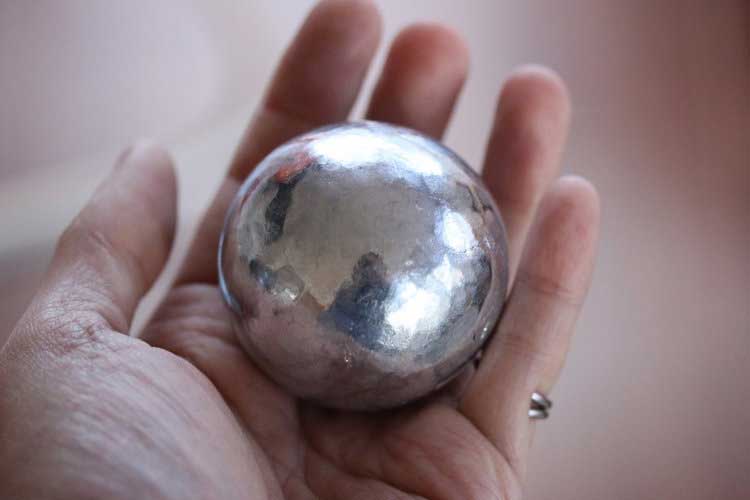Reviewed by Anurag Mishra (Sr. Technical Consultant)

Pictures are unmistakably reflected by very cleaned and smooth surfaces due to the immediate impression of the occurrence light at first glance, i.e., reflection just in the primary course. Here, the point of rate and the edge of reflection are the equivalent.
The light is diffusely scattered every which way on unpleasant surfaces, reducing the picture framing characteristics and creating a hazy reflected question. The appearance in the primary bearing is less extraordinary if the light scrambling is more uniform, making the surface seem blunter.
The specular reflection is measured by a gloss meter by enrolling the light power over a little scope of the reflection edge. The force shifts with the material and the point of enlightenment. For non-metals like plastics and coatings, the measure of reflected light increments in extent with the enlightenment point. The staying enlightened light infiltrates the material and is assimilated or diffusely scattered dependent on the shading.
Contrasted with non-metals, metals are less point subordinate, with considerably higher reflection. The estimation aftereffects of a shine meter are related with the measure of light reflected from a dark glass standard with a characterized refractive file, and not with the measure of episode light. The characterized standard has an estimation esteem equivalent to 100 shine units (adjustment). For materials having a higher refractive record, the estimation esteem could be over 100 sparkle units (GU). For straightforward materials, there can be an expansion in the estimation esteem caused by a different appearance in the main part of the material. Metals can have estimations of up to 2000GU in light of their high reflection abilities. For these applications, the estimation results are normally reported as far as % impression of the enlightened light.